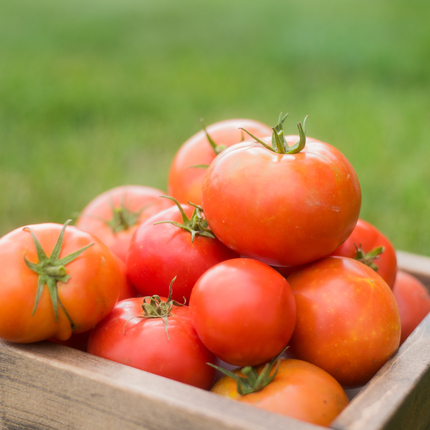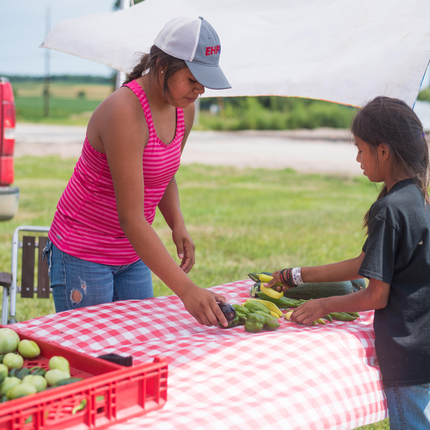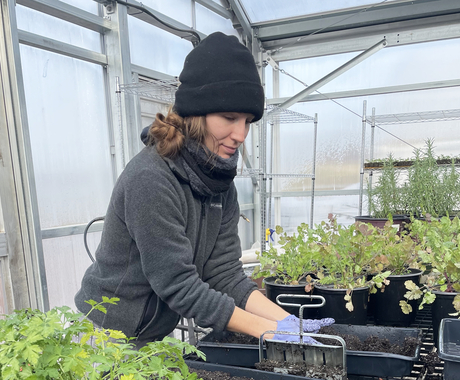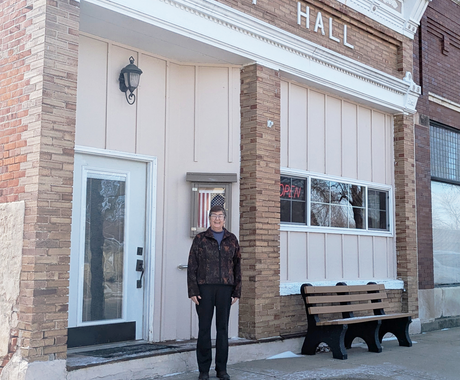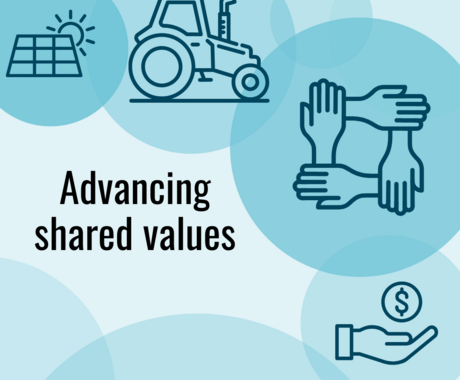By Cody Smith, former staff member
Large, hand-painted signs lean against a tent, the buzz of friendly conversation cuts through the humid air, and the smell of fresh produce drifts in the breeze – you’ve found yourself at a farmers market.
Farmers markets are common in urban and rural communities around the nation. In urban areas, they provide an authentic, natural alternative for consumers to connect with those who produce their food.
In rural areas, farmers markets provide these same opportunities among many others – they serve as a stimulant for local businesses and farmers, an attraction for strangers and locals alike, and, perhaps most importantly, they offer direct, secure access to nutritious food for rural Americans.
Food security – defined by the U.S. Department of Agriculture as having access to enough food to maintain an active, healthy lifestyle – is an ever-present challenge in rural communities. According to Feeding America, 12.9 percent of Americans were food insecure in 2016 and three-fourths of counties with the highest rates of food insecurity were in rural areas.
There are programs designed to help alleviate food insecurity, such as the Supplemental Nutrition Assistance Program (SNAP). However, research suggests that rural participation in SNAP is significantly lower for eligible recipients in rural areas than in urban ones – especially in states like Nebraska. Policies that support SNAP acceptance at more farmers markets are a proven way to make progress.
As we celebrate National Farmers Market Week from Aug. 5 to 11, we praise these events that serve a key role in feeding rural communities nationwide.

